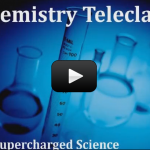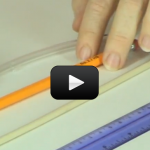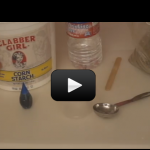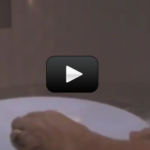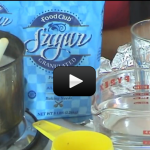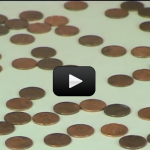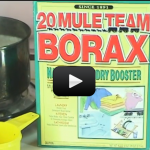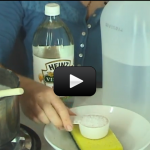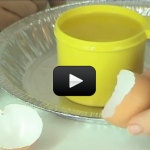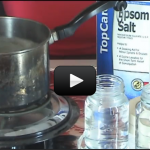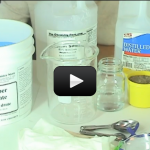We’re going to study the five different states of matter: plasma, gas, liquid, solids, and BEC (Bose-Einstein Condensate). A gas becomes a plasma when it gets so hot that the collisions start to knock electrons out of atoms. The most energized state of matter is plasma, the least is BEC. We’re going to focus on solids, crystal structure and how to build your own crystal matrix. Are you ready?
[am4show have='p8;p9;p11;p38;p72;p77;p92;' guest_error='Guest error message' user_error='User error message' ]
You can get started by watching this video, and afterward either read more about it or start your experiments!
Scientific Concepts
- There are five known states of matter. Bose-Einstein condensate, solids, liquids, gases and plasma.
- All matter is made of atoms. The difference between different forms of matter is basically the energy level (motion) of the atoms.
- Plasma is basically a very high energy gas. It is not very common on Earth but is the most common state of matter in the universe.
- Bose-Einstein condensate is atoms at such a low state of energy that the atoms actually blend together.
- Bose-Einstein condensate is atoms at such a low state of energy that the atoms actually blend together.
- Bose-Einstein condensate occurs only in laboratories under outrageously cold conditions.
- Solids are the lowest energy form of matter on Earth.
- Solids are generally tightly packed molecules that are held together in such a way that they can not change their position.
- The atoms in a solid can wiggle and jiggle (vibrate) but they can not move from one place to another.
- The typical characteristics that solids tend to have are that they keep their shape unless they are broken and they do not flow.
- Tension and compression happen when solids are bent.
- Compression is when things get squashed together.
- Elasticity is the ability of a solid to be stretched, twisted or squashed and come back to its original shape.
- Atoms in a solid have a tendency to form crystals, since the molecules are pulled close together and tight they form specific patterns.
[/am4show]

